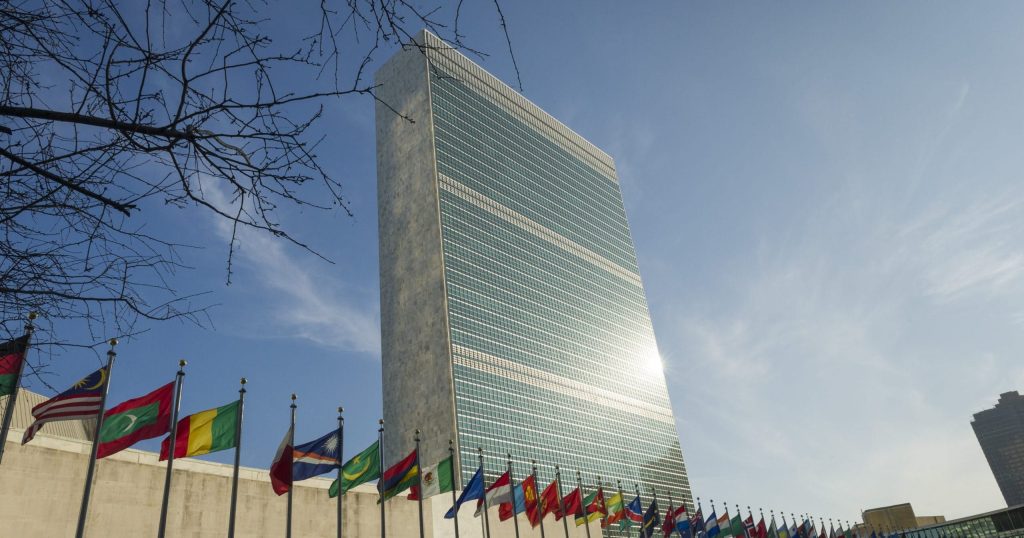Two years after the January 12, 2010 earthquake, I found a sense of optimism on my visit to Haiti. While many pre- and post-earthquake challenges remain for Haitians, I noticed several encouraging achievements that have happened since the last time I was there in June of 2010. In addition to progress already made, I found a sense that the best is yet to come.
Debris Removal
Much of the debris has been removed from the streets of Port-au-Prince, making it easier to navigate around the city. It is hard to overestimate the importance of rubble removal in this city where traffic challenges are a major obstacle. According to the United Nations Development Programme (UNDP) 50 percent of the debris has been removed.
Challenge: Port-au-Prince is a compact city with many narrow streets and passageways to buildings. Most of the rubble that remains is in hard to reach places that are impossible to get to with machinery, so you have to use people armed with buckets and shovels. Also, once the rubble is removed it is difficult to find land to put it on.
Solution: UNDP is giving thousands of Haitians the opportunity to get back to work through their cash-for-progress program. Teams work with pickaxes, shovels and buckets to slowly chip away at the rubble and debris. After they fill a large container, they are paid and the rubble is hauled off to an UNDP rubble recycling facility used to create material to build and repair houses.
Going Home
Right now, thousands of families who have spent the last two years living in spontaneous camp settlements are relocating to more permanent housing thanks to a financial incentive from the International Organization for Migration (IOM) and other partners. The 16 Neighborhoods-6 Camps project is helping families in six camps find and relocate to more sustainable housing in sixteen neighborhoods in Port-au-Prince.
Challenge: According to IOM, 90 percent of the camp inhabitants were renters prior to the earthquake, making it difficult for them to find and move to more permanent housing.
Solution: IOM is facilitating a financial incentive to help families find new housing and pay rent for up to a year. They are also connecting families to nongovernmental organizations working in their new communities and will follow-up with families to make sure the transition is sustainable.
Sexual Violence
Sexual violence was a serious problem prior to the earthquake. However, conditions following the earthquake worsened the vulnerability of girls and women living in camps.
Challenge: Since the earthquake, there has been an increase in the number of rape cases against women and girls living in camps, where experts say the challenging living conditions and economic hardship are factors in the increase in violence.
Solution: KOFAVIV, a local Haitian women’s organization, and the UN Refugee Agency (UNHCR) are making a concerted effort to prevent sexual violence by providing women with whistles, pairing women and men together to teach respect, starting a 24/7 hotline and creating a safe house for women who are sexually violated.
I had to chance to speak to a young 23-year-old woman (she will remain nameless for protection) who was raped three weeks ago in the Mais Gate camp.
A few weeks ago at around 9 p.m., the young woman was crossing the street between two separated areas of the camp to get candles to provide light for her family. A group of five or six men called out to her from a car. She ignored them, as she did not know them. They continued to harass her and eventually confronted, beat and raped her. After gaining conciseness, she realized she was bleeding heavily and was taken to the General Hospital.
While recovering, a friend recommended that she contact KOFAVIV to receive counseling and safe housing. She had just spent her first night in the safe house when I spoke with her and was very emotional about the fact that she now has a door on her bedroom for the first time in two years.
After returning to DC, I thought of her and everyone in Haiti sleeping in tents and under tarps as I shut the door to my apartment. It’ll be awhile before I can shut a door and not think of her.
I always miss Haiti soon after I leave – the people, the culture, the food (especially the coffee). It’s a special place and I’m confident that if the people get the support they need, it will be rebuilt better than before.
To see more photos, visit www.unfoundation.org/haiti.
*Photo credit: Stuart Ramson/UN Foundation

